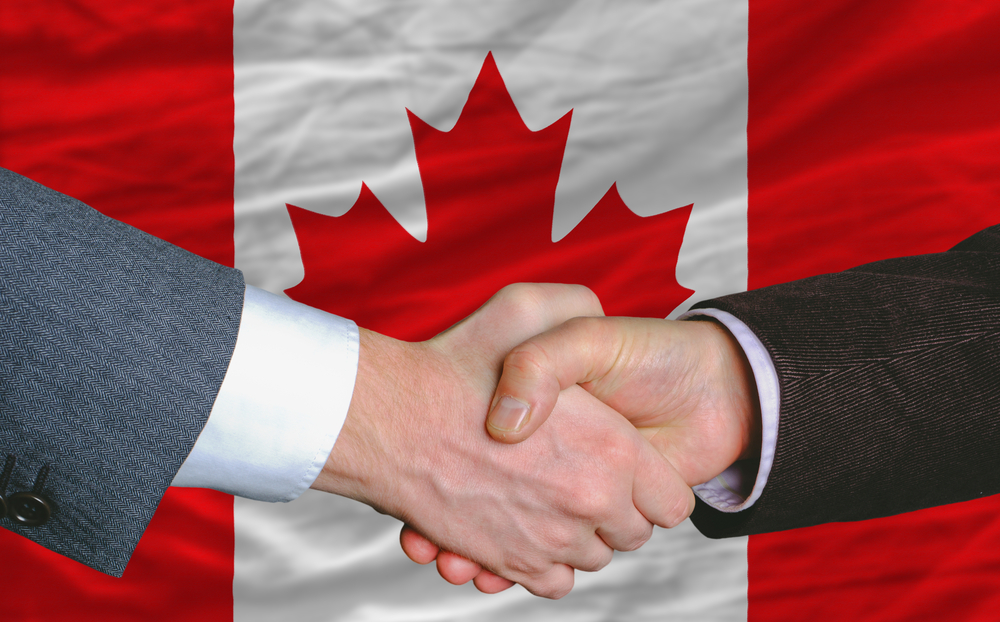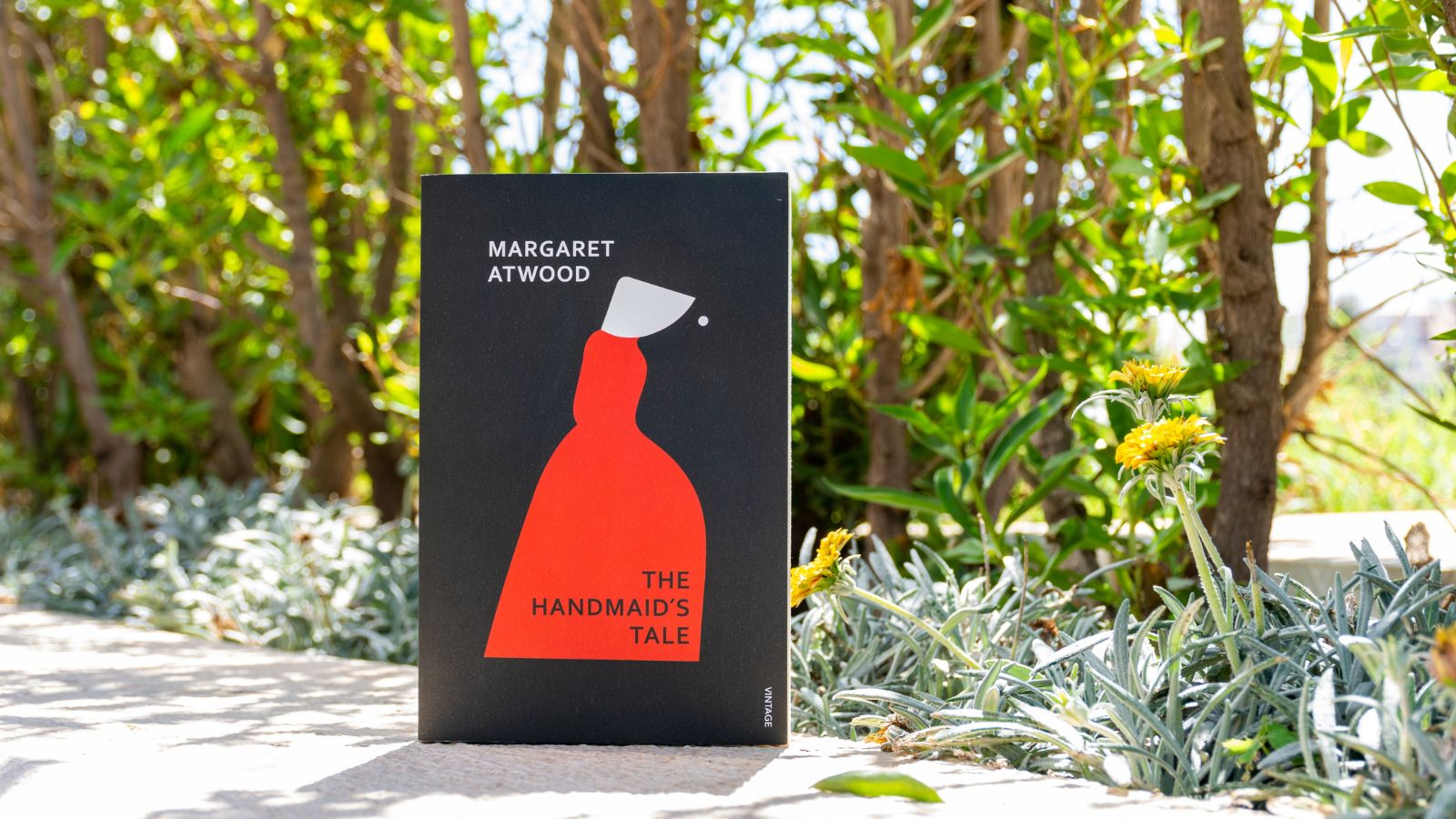From the global success of musicians and filmmakers to leadership in diversity and policy innovation, Canadian culture is spreading across borders and industries. Cultural exports are no longer limited to entertainment or maple syrup; they reflect nuanced values like inclusion, sustainability, diplomacy, and community-mindedness. Here are 25 ways Canadian culture is influencing the world.
Bilingualism as a Norm

The emphasis on both English and French as official languages has inspired many countries to examine the value of multilingualism more seriously. Institutions and governments in Europe and Africa have looked to this model for ways to manage linguistic diversity without marginalizing populations. Bilingual packaging, education policies, and public service delivery in Canada demonstrate how dual-language systems can function cohesively. The success of this model has led to greater academic interest globally in creating language-inclusive policies.
Music Artists Setting Global Trends

Canadian musicians have moved far beyond national fame, with artists like Drake, The Weeknd, and Shawn Mendes leading global charts. Their sound has helped shape contemporary pop, R&B, and hip-hop worldwide. These musicians often blend different cultural elements in their music, reflecting Canada’s multicultural reality. The influence stretches into production styles, collaborations, and marketing strategies. Industry professionals abroad have adopted the genre-blending, emotionally vulnerable, and digital-savvy approach many of these artists employ. Plus, their ability to resonate with global audiences has challenged the traditional dominance of American or British artists.
Inclusive Policy-Making Models

Policymakers in Europe, New Zealand, and even parts of Asia have cited Canadian frameworks when developing inclusion-based programs. This includes refugee settlement practices, Indigenous reconciliation efforts, and gender equity strategies. Canada’s focus on participatory governance, social equity, and data-backed legislation has gained attention in international conferences and think tanks. Canadian cities, in particular, are used as case studies for community-focused planning that incorporates marginalized voices. And, though no model is perfect, the willingness to admit mistakes and improve has influenced how global institutions define transparency and equity in governance.
Comedic Exports Redefining Satire

Comedians like Samantha Bee, Norm Macdonald, and Catherine O’Hara have brought a uniquely dry and self-aware style of humor into the mainstream. Their influence on satire, particularly in the U.S. and U.K., is evident in how shows structure political commentary and observational comedy. This approach avoids overt hostility while still delivering sharp critiques. The tone has helped inspire a more inclusive and thoughtful type of comedic writing. Writers from other countries increasingly reference Canadian comedic figures as shaping their style.
Indigenous Cultural Revitalization as a Global Example

Efforts to preserve and promote Indigenous languages, traditions, and governance structures are being observed internationally. Educational initiatives, language revitalization programs, and land acknowledgment practices have been adapted in Australia, Scandinavia, and parts of Latin America. Museums and cultural organizations abroad have also begun rethinking how they present Indigenous histories, influenced by Canadian institutions collaborating with First Nations communities. The visibility given to Indigenous voices in media, education, and politics is helping redefine reconciliation globally.
Film and Television with Global Appeal

Shows like “Schitt’s Creek,” “Orphan Black,” and “Kim’s Convenience” have gained international acclaim not just for entertainment value but for their emotional depth and representation. These productions emphasize character-driven storytelling over spectacle, appealing to audiences fatigued by formulaic content. International platforms have increasingly partnered with Canadian creators due to this reputation for authenticity. Other countries are following suit by funding more diverse and modestly budgeted productions.
Diplomacy Through Mediation and Peacekeeping

Canadian diplomats have been involved in high-profile peace negotiations, humanitarian initiatives, and conflict resolutions for decades. Their emphasis on listening, neutrality, and consensus-building has been adopted by training programs in multilateral organizations like the UN. The country’s consistent preference for dialogue over aggression has contributed to redefining diplomatic strategy in an era of rising tensions. Canadian peacekeeping practices and support for soft power solutions have led other nations to reconsider military-first approaches. Canadian diplomacy is often cited in international policy journals as a template for respectful engagement.
Innovation in Public Healthcare Models

The single-payer health system has gained attention in countries struggling with privatized models. While not without its flaws, the universal healthcare approach is regularly discussed in global health forums as a more equitable alternative. Medical policy leaders in nations like the UK and Australia have borrowed from Canadian funding frameworks and cost-control mechanisms. The focus on preventive care and community-based services is also influencing NGOs and nonprofits in developing countries. Plus, the system’s emphasis on accessibility continues to push the conversation about healthcare from a profit-oriented model to a rights-based one.
Environmental Policy Frameworks

Carbon pricing and emissions regulation strategies developed in Canadian provinces are being studied globally. British Columbia’s carbon tax, for example, is frequently referenced in economic literature as a successful case of incentivizing behavioral change. Federal strategies to protect boreal forests and freshwater reserves have also gained international interest, especially from nations with vast but vulnerable ecosystems. The regulatory balance between resource extraction and environmental protection is being observed by policymakers in countries like Norway and New Zealand. Though challenges remain, the frameworks are seen as a step toward harmonizing economic development with ecological responsibility.
Streetwear and Lifestyle Fashion

Brands like Roots, Arc’teryx, and Aritzia have created a design language that mixes utility, minimalism, and sustainability. This aesthetic has gained a following in Asia and Europe, particularly among consumers looking for alternatives to fast fashion. The emphasis on ethical sourcing and neutral tones has influenced emerging fashion brands globally. Designers have noted the way Canadian brands avoid overbranding while still cultivating loyalty. Plus, international retailers have begun mimicking this subtle marketing approach, and the streetwear-to-luxury pipeline is starting to reflect a more Canadian blend of comfort and functionality.
Literary Influence Beyond Borders

Canadian authors like Margaret Atwood, Alice Munro, and Michael Ondaatje have shaped global literary discourse with their nuanced storytelling and innovative narrative forms. Their works are studied in universities worldwide, influencing writers in genres ranging from dystopian fiction to memoir. These authors often explore complex identities, social justice, and emotional landscapes, offering themes that resonate far beyond national lines. Their international acclaim has encouraged a broader interest in diverse storytelling, inspiring publishers to invest more in voices that reflect intersectional experiences rather than conventional archetypes.
Leadership in LGBTQ+ Rights

Long before it became a global norm, Canada established marriage equality and protections for LGBTQ+ communities. The legal milestones, combined with social support systems, have inspired activists and lawmakers in other countries. International pride events often cite Toronto and Vancouver as models for safe, inclusive celebrations. The country’s policies on trans rights, healthcare access, and education reforms have drawn attention from advocacy organizations and governments alike. The progress, while ongoing, serves as a comparative benchmark and a source of encouragement for reform in nations with more conservative frameworks. It illustrates how inclusive governance can catalyze cultural transformation.
Sports Diplomacy and Ice Hockey’s Cultural Pull

Hockey may be stereotypically Canadian, but its influence extends globally due to both the sport’s popularity and the diplomatic ties forged through it. Canadian players dominate international leagues, from the NHL to European circuits. The sport has become a channel for cultural exchange, with training programs in Asia and Eastern Europe modeled on Canadian systems. Sports diplomacy initiatives have used hockey as a tool to build community and dialogue across cultures. While the game originated in colder climates, its adaptability and the enthusiasm of Canadian coaching models have led to surprising growth in non-traditional markets.
Tech Ecosystem and Startup Culture

Cities like Toronto, Vancouver, and Montreal have become hotbeds of innovation, producing tech companies that are gaining global attention. Shopify’s meteoric rise, along with other AI, fintech, and health tech ventures, has positioned Canadian cities as key players in global tech. Government programs that prioritize ethical AI, data privacy, and startup funding are being mirrored abroad. International delegations often visit Canadian incubators to learn about inclusive innovation ecosystems. This thoughtful, human-centered approach to tech development stands out in a world increasingly wary of digital overreach and offers a practical alternative model for global startups.
Food Culture That Fuses and Respects

The culinary scene reflects multiculturalism not as a novelty but as a foundation. Toronto, often called the most multicultural city in the world, has restaurants serving authentic versions of dishes from hundreds of cultures. Chefs from abroad frequently cite Canadian kitchens as some of the best places to experiment with fusion while maintaining cultural integrity. Cooking shows and food documentaries from Canadian creators often focus on immigrant stories, sustainability, and regional ingredients. This shift toward storytelling and identity-driven cuisine is reshaping how global audiences understand “national food culture.”
Refugee and Asylum Approaches as Case Studies

Canada’s refugee resettlement programs have drawn attention for their community sponsorship model, where private citizens can assist in welcoming newcomers. The success of this approach has been documented by the UNHCR and replicated in countries like the UK and Germany. Training modules for refugee aid organizations often reference Canadian processes, particularly the integration of language training, housing, and employment pathways. Also, while not without challenges, the consistent focus on dignity and empowerment has shifted some global perspectives on refugee policies from reactive to proactive.
Public Broadcasting and Media Neutrality

The Canadian Broadcasting Corporation (CBC) has maintained a reputation for relatively balanced reporting in a polarizing media landscape. Its structure and funding model are often referenced by media reform advocates in countries grappling with hyper-partisan coverage. Educational content, arts programming, and investigative journalism from Canadian broadcasters are syndicated internationally. These media practices support a framework where information and storytelling can flourish without sensationalism. Other nations have begun looking into how similar public institutions might be revived or protected to serve democratic interests over commercial pressures.
Urban Design and Livability

Canadian cities consistently rank high in global livability indexes, and urban planners from abroad frequently study their design choices. From mixed-use development to protected green spaces and walkable infrastructure, the model promotes healthier communities. Cities like Vancouver have implemented green building codes and dense zoning strategies that balance urban growth with sustainability. These efforts have attracted delegations from Europe, Asia, and Latin America eager to understand how inclusive housing, public transport, and environmental stewardship can work in tandem.
Leadership in Climate Advocacy

Canadian climate activists, scientists, and policymakers often contribute significantly to global climate summits and agreements. From the Paris Accord to COP forums, their input emphasizes intersectionality, Indigenous knowledge, and long-term sustainability. Programs integrating environmental education in schools have been modeled elsewhere. Canadian NGOs also collaborate internationally to support reforestation, biodiversity, and sustainable agriculture. Also, by combining grassroots activism with institutional support, the approach is influencing how other nations construct climate literacy campaigns and ecosystem protections that reflect both science and community.
Norms Around Work-Life Balance

The cultural expectation in many sectors emphasizes mental health, parental leave, and manageable workloads. Labor policies support extended parental leave and encourage flexible working arrangements. These norms have attracted the attention of HR specialists and government agencies abroad looking to reform outdated labor systems. Scandinavian countries, often celebrated for similar policies, cite Canada’s model as a complementary reference point. The approach highlights how creating humane work environments can improve productivity, retention, and public health without undermining economic competitiveness.
Influence on International Education

Canadian universities are now home to hundreds of thousands of international students, many of whom bring home not just a degree but a broader worldview. The emphasis on critical thinking, diversity, and inclusion in Canadian education policy has influenced curriculum design abroad. Partnerships between Canadian institutions and foreign universities have helped localize best practices. Exchange programs and online collaborations often follow the mentorship-driven, interdisciplinary model promoted in Canada. These academic exports are quietly recalibrating higher education priorities across Asia, Africa, and Latin America.
Cultural Funding Models and Grants

Support for the arts in Canada often comes from public institutions, with federal and provincial funding for artists, filmmakers, musicians, and theatre practitioners. This model is seen as a way to safeguard cultural production from commercial pressures. Countries with emerging creative economies have begun exploring how similar funding mechanisms can stimulate their own arts sectors. Institutions like the Canada Council for the Arts are frequently referenced in white papers and grant-writing workshops globally.
Architecture That Embraces Sustainability

Architects working in Canada have pioneered green building standards like LEED and Passive House, especially in colder climates. This technical know-how has been exported through both professional consultancies and educational exchanges. Architects in Europe, China, and the Middle East have referenced Canadian projects for integrating solar orientation, reclaimed materials, and Indigenous design principles. These architectural philosophies promote buildings that are not only energy efficient but culturally resonant and community-oriented. The combination of climate science and aesthetic sensibility has made a quiet but lasting global impression.
Innovation in Accessibility Design

Public infrastructure increasingly includes accessibility features by default, not as afterthoughts. Transit systems, parks, museums, and digital platforms follow guidelines that exceed basic compliance, incorporating feedback from people with disabilities. These practices have influenced city planners, architects, and web designers across the globe. Reports from the World Health Organization and the UN have highlighted Canadian cities as models for inclusive urban spaces. The principle of universal design is now being integrated into global development goals, inspired in part by consistent advocacy and design leadership.
Podcasting and Audio Journalism Trends

Canadian podcasts like “Someone Knows Something” and “The Secret Life of Canada” have gained massive international audiences for their investigative depth and storytelling. These productions avoid sensationalism, focusing instead on empathy, historical context, and civic engagement. Their popularity has encouraged content creators in other countries to explore long-form audio as a serious medium for journalism and education. Also, podcasting networks in Australia, South Africa, and the UK have cited Canadian formats as inspiration for developing their own signature styles. This audio wave has reshaped how stories are told and received in the digital era.
25 Facts About Car Loans That Most Drivers Don’t Realize

Car loans are one of the most common ways people fund car purchases. Like any other kind of loan, car loans can have certain features that can be regarded as an advantage or a disadvantage to the borrower. Understanding all essential facts about car loans and how they work to ensure that you get the best deal for your financial situation is essential. Here are 25 shocking facts about car loans that most drivers don’t realize:
25 Facts About Car Loans That Most Drivers Don’t Realize
